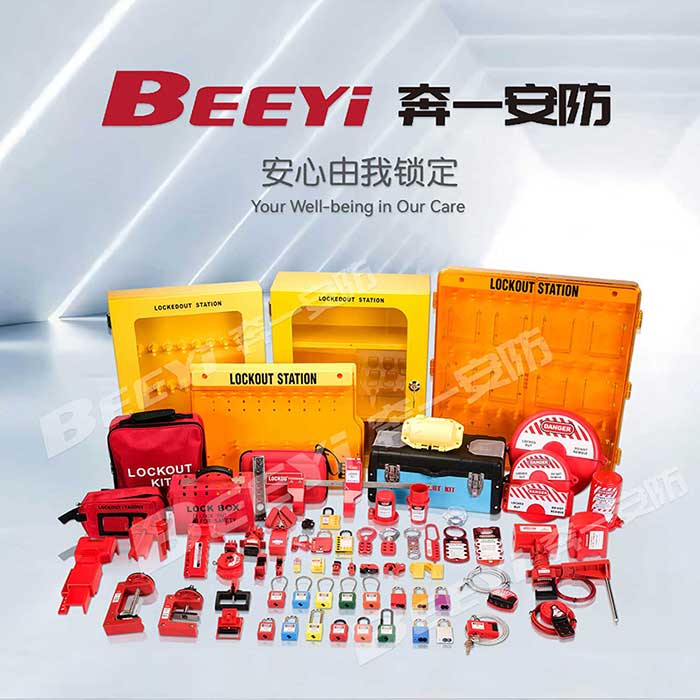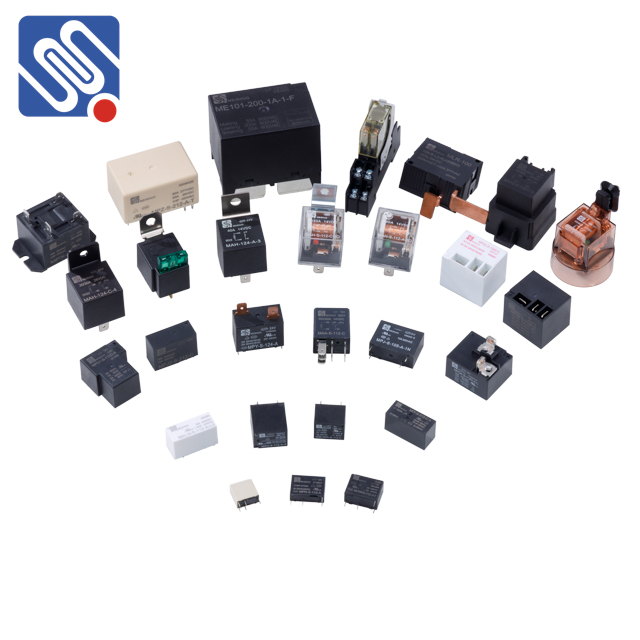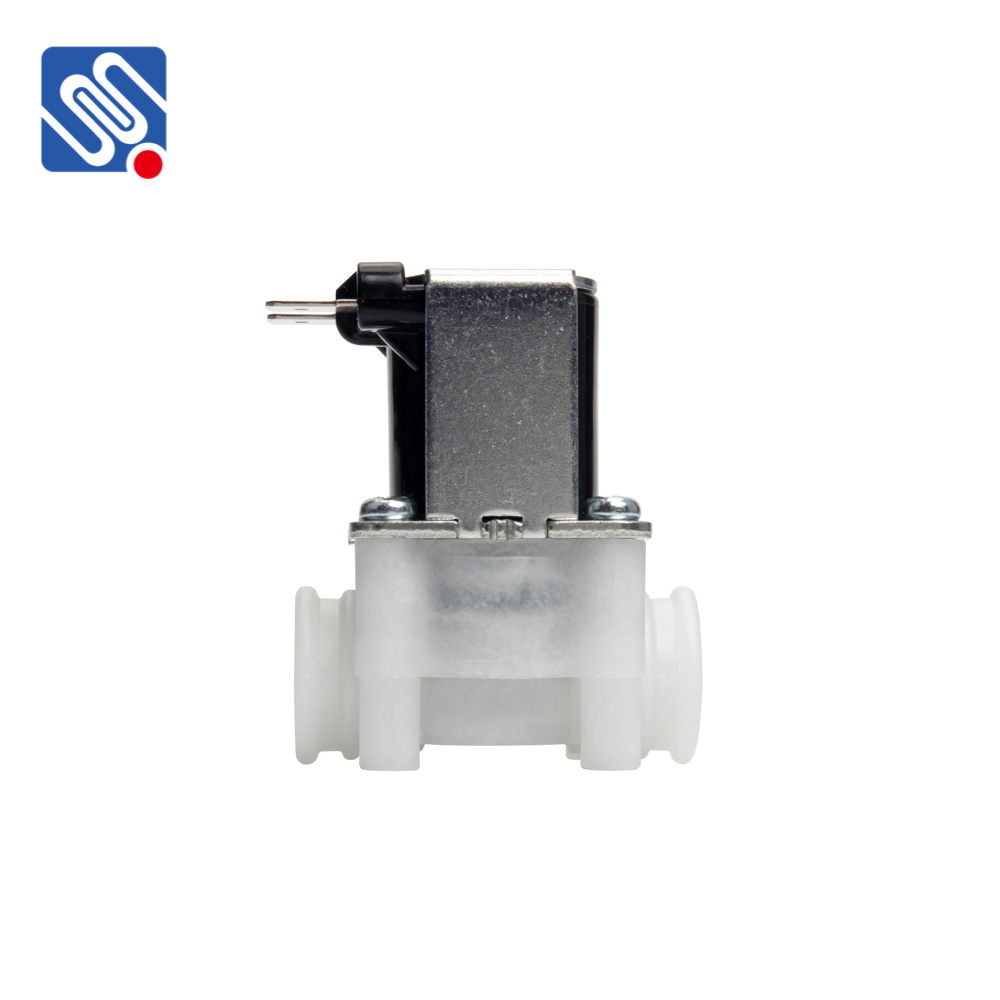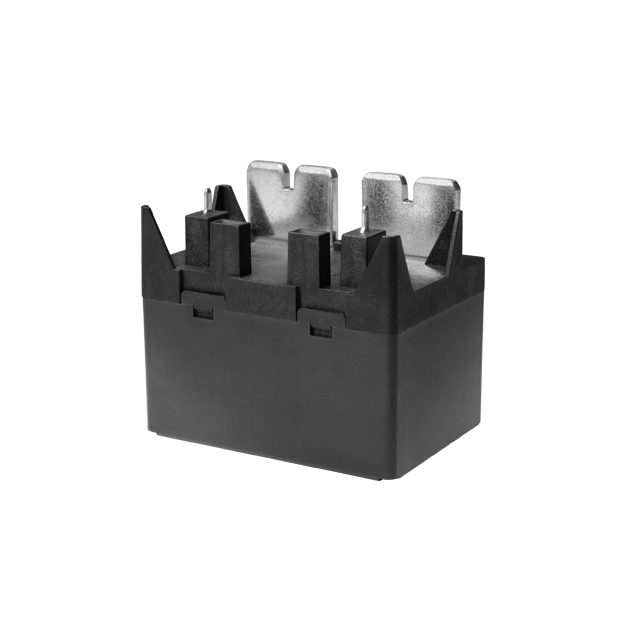In industrial environments, safety is paramount, especially when dealing with complex machinery, hazardous materials, and high-pressure systems. One of the most critical safety measures is the Valve Lockout Tagout (LOTO) system, which is designed to prevent accidental releases of hazardous energy during maintenance or repair work. The purpose of this safety protocol is to ensure that machinery and equipment are properly shut off, locked, and tagged to prevent unauthorized or accidental operation, which could lead to serious injuries or fatalities.

What is Valve Lockout Tagout? Valve Lockout Tagout is a safety procedure that involves using locks and tags to control energy sources, such as gas, electricity, steam, or hydraulic pressure, in equipment during maintenance activities. The “lockout” component involves physically locking energy-isolating devices (such as valves) in the off position to prevent the release of energy. The “tagout” component involves placing a warning tag on these devices to alert others that maintenance work is being carried out and that the equipment should not be operated. By isolating the energy sources and marking them clearly, the LOTO system ensures that workers are protected from hazardous energy while working on equipment.








